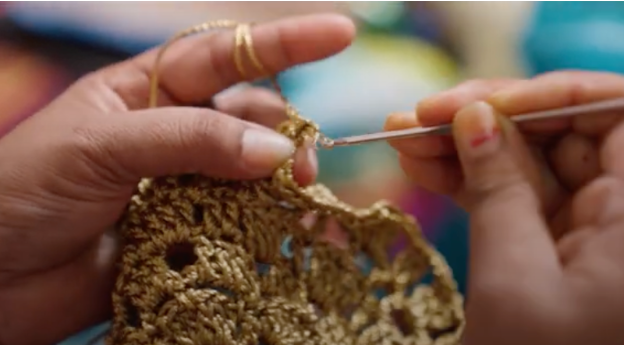Market Insights | In Spotlight
Is Dropshipping Worth It
Apr 01, 2021 | Sanchit Rai
 If you are in the business of e-retail and are trying to figure out the best fulfillment method for your business, the odds are you have heard the term “dropshipping” often.
Let us find out what drop shipping is and whether it the right choice for you.
Definition: In simple terms, dropshipping is a supply chain model where the seller does not stock his/her merchandise but instead arranges it to be shipped directly from the supplier (a manufacturing factory or a wholesaler) to the consumer once an order is placed. The biggest contrast here from the conventional retail model is the absence of an inventory with the seller.
Let us look at the advantages and disadvantage of the dropshipping model of fulfillment to find out if it is the right choice for you:
If you are in the business of e-retail and are trying to figure out the best fulfillment method for your business, the odds are you have heard the term “dropshipping” often.
Let us find out what drop shipping is and whether it the right choice for you.
Definition: In simple terms, dropshipping is a supply chain model where the seller does not stock his/her merchandise but instead arranges it to be shipped directly from the supplier (a manufacturing factory or a wholesaler) to the consumer once an order is placed. The biggest contrast here from the conventional retail model is the absence of an inventory with the seller.
Let us look at the advantages and disadvantage of the dropshipping model of fulfillment to find out if it is the right choice for you: | Advantages | Disadvantages |
| (1) No risk and no cost of maintaining an inventory. The items are stocked in the supplier’s warehouse and get dispatched as the orders come in. | (1) You have no control over your supplier’s inventory. The supplier fulfills for multiple retailers like you from the same warehouse. This could surprise you someday! |
| (2) Lower cost of starting a business as an e-retailer on Shopify or Amazon. You don’t tie up your scarce capital by buying merchandise in bulk. | (2) High competition with other e-retailers who follow this model. Low margins are almost a given. |
| (3) No worries about handling packaging, shipping, returns, and inventory replenishment. | (3) Private labeling and branding (aka customization) are very hard. This is a huge disadvantage in today’s market where brand building is essential to differentiate yourself |
| (4) Flexibility of running a business from virtually anywhere in the world. Brick and mortar don’t restrict you. The overhead cost of business is low when you can work from home. | (4) Dropship model is suitable to typically made in China, mass-produced goods. You can’t sell upscale handmade products which are typically batch produced in smaller quantities. These are the high-margin products that you really want to sell these days. |
| (5) Easy to experiment and test many product verities and categories. You can curate what you want to sell in your online shop. Curated choices make for happy customers | (5) Poor choice of dropshipping supplier can backfire badly if the customers receive substandardly, not-as -advertised, badly packed merchandise. Your reputation will be at stake with no fault of your own |
| (6) Easy to scale your business if the demand ticks up. Good dropshipping suppliers smoothly accommodate and process an increase in orders |
Recommended

Community | People
Craft-based training is revolutionizing rural India by equipping artisans, especially women, with practical, income-generating skills like crochet and macramé. This blog explores how Rural Handmade’s people-first training model empowers communities, nurtures entrepreneurship, and creates sustainable livelihoods, offering a replicable roadmap for NGOs, CSR teams, and government-led initiatives.

Community | People
India’s Geographical Indications (GI) framework safeguards unique heritage crafts tied to their place of origin. This blog explores the transformative potential of GI protection in Rajasthan, particularly in Barmer, where vibrant but underrecognized crafts like appliqué, block printing, and stone carving can gain global identity, economic upliftment, and cultural preservation.

Sustainability | Impact
This report presents a comparative Life Cycle Assessment (LCA) of three textile fibres widely used or produced in Nepal: cotton, silk, and hemp. The LCA covers the cradle-to-grave carbon footprint of each fibre, identifying emission hotspots and potential sustainability trade-offs.





